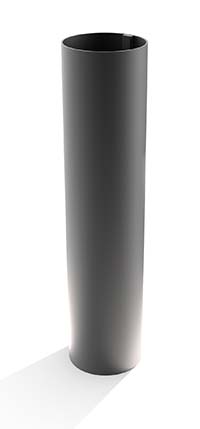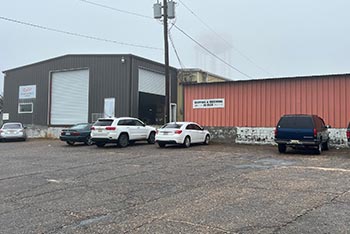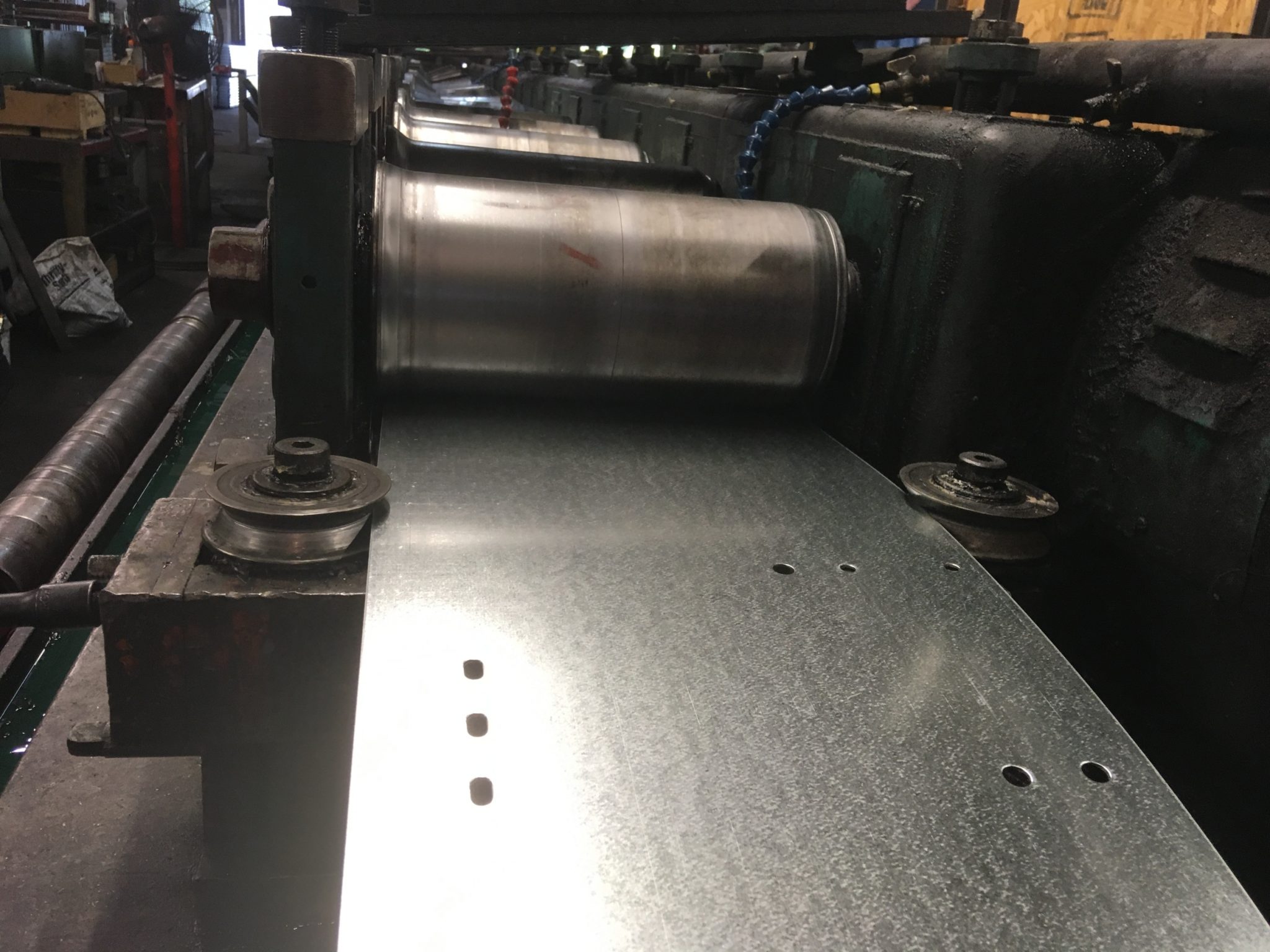With the increasing trend of reshoring manufacturing operations in the United States, businesses are seeking advanced and cost-effective technologies to boost their domestic production. Roll forming is one such manufacturing technology that offers numerous benefits including cost savings, increased efficiency, improved product quality, and enhanced sustainability. In this blog post, we will delve deeper into the roll forming process, its applications, and its role in enabling reshoring efforts for US manufacturers.
I. Understanding the Roll Forming Process and its Applications
The roll forming process is a continuous metal forming technique that shapes flat metal strips, typically coiled steel, into desired profiles. It involves feeding the strip through a series of roll stands, each incrementally bending the material until the final shape is achieved. The process concludes with the strip being cut to the specified length, resulting in the finished product.
Roll forming is employed across a multitude of industries such as automotive, construction, aerospace, and electronics. Some common products created using this process include steel channels, metal roofing, window frames, and automotive parts.
II. Reshoring Manufacturing: Factors and Benefits
Several factors contribute to the current trend of reshoring manufacturing operations in the USA:
- Rising labor costs in traditionally low-cost countries
- Trade tensions and tariffs
- Transportation and logistics challenges
- A desire for greater control over quality and intellectual property protection
- The availability of advanced manufacturing technologies like roll forming
Reshoring offers numerous benefits such as:
- Reduced lead times and improved responsiveness to customer demands
- Greater control over quality, leading to fewer defects and increased customer satisfaction
- Lower transportation costs and a reduced carbon footprint
- Potential tax incentives and government support
- Job creation and local community support

III. Advantages of Roll Forming in the USA
- Cost Reduction: Roll forming offers significant cost savings compared to other metal forming processes like stamping or extrusion. This is primarily due to lower tooling costs, reduced material waste, and decreased labor costs.
- Increased Efficiency: Roll forming enhances manufacturing efficiency through continuous production, automation capabilities, and scalability.
- Improved Quality: The gradual shaping process of roll forming reduces the risk of defects like warping, cracking, or surface imperfections. Tight tolerances can be achieved without the need for additional processing steps, and automation reduces the risk of human error.
- Flexibility and Customization: Roll forming allows for the production of customized parts with minimal setup time. The technology can create complex shapes with tight tolerances in a single pass, enabling quick prototyping and rapid iteration of product designs.
- Enhanced Sustainability: Roll forming generates minimal material waste and requires less energy than traditional metal fabrication processes, resulting in a reduced carbon footprint.
- Roll Forming in Action: Real-World Case Studies
- Case Study 1: An automotive manufacturer in the USA adopted roll forming to produce components for its vehicles, resulting in a 10% cost savings compared to the traditional stamping process. This cost savings was driven by reduced material waste and improved efficiency due to automation.
- Case Study 2: An aerospace supplier in the USA used roll forming to manufacture complex components for an aircraft project, leading to significant lead time reductions and improved product quality. By adopting this advanced manufacturing technology, the company was able to reshore production of these components from overseas suppliers.
Conclusion:
Roll forming is a key factor in reshoring manufacturing operations in the USA. Its numerous advantages, including cost savings, increased efficiency, improved product quality, and enhanced sustainability, make it an ideal choice for various industries. By utilizing the right equipment and expertise, US manufacturers can fully capitalize on the potential of this advanced manufacturing process and continue to strengthen domestic production.













